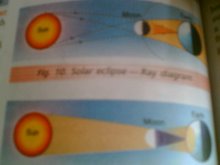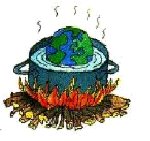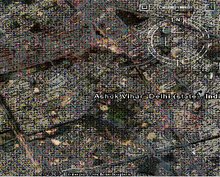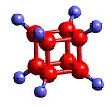Easier - Fiber is a long, thin strand or thread of material. Fabric is a cloth material made by weaving or knitting threads together.
Harder - Fiber is a hairlike strand of material. It is a substance that is extremely long in relation to its width, at least 100 times longer than it is wide. A fiber is the smallest visible unit of any textile product. Fibers are flexible and may be spun into yarn and made into fabrics.
Fibers naturally occur in both plants and animals. More than half of the fibers produced are natural fibers. Natural fibers include cotton, hair, fur, silk, and wool. Other fibers are manufactured. There are two types of manufactured fibers: regenerated fibers and synthetic fibers. Regenerated fibers are made from natural materials by processing these materials to form a fiber structure. Also called cellulosics, regenerated fibers are derived from the cellulose in cotton and wood pulp. Rayon and acetate are two common regenerated fibers.
Synthetic fibers are made entirely from chemicals. Synthetic fibers are usually stronger than either natural or regenerated fibers. Synthetic fibers and the regenerated acetate fiber are thermoplastic; they are softened by heat. Therefore manufacturers can shape these fibers at high temperatures, adding such features as pleats and creases. Synthetic fibers will melt if touched with too hot an iron. The most widely used kinds of synthetic fibers are nylon (polyamide), polyester, acrylic, and olefin.





























